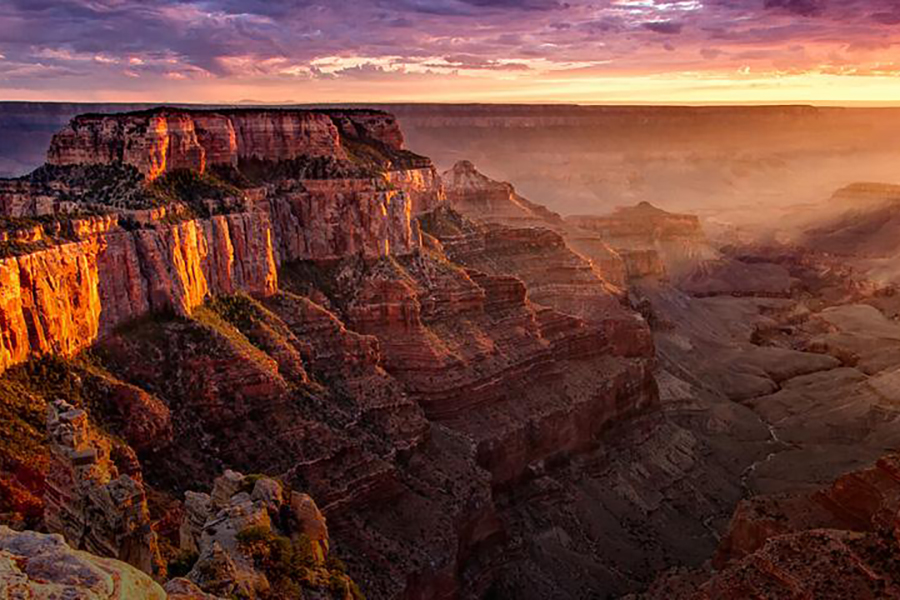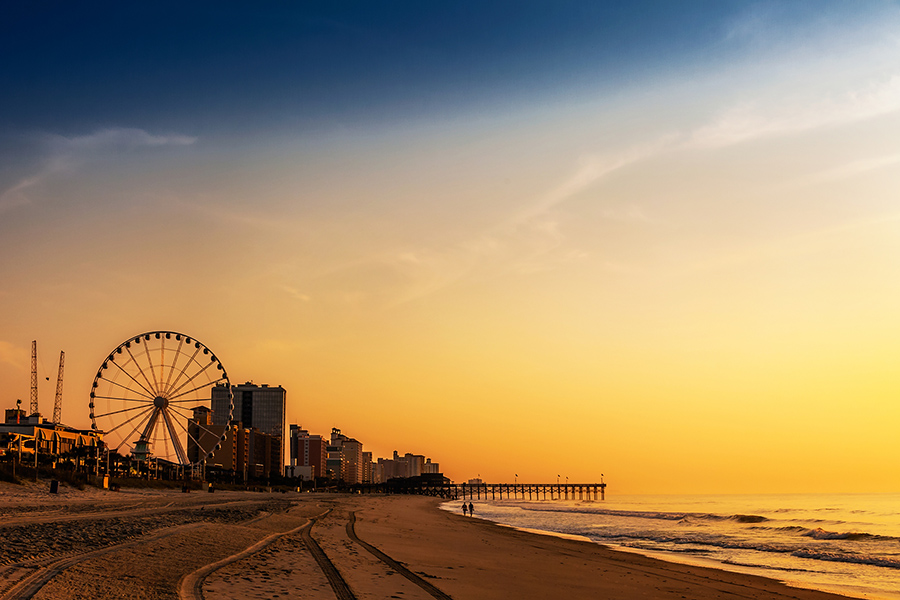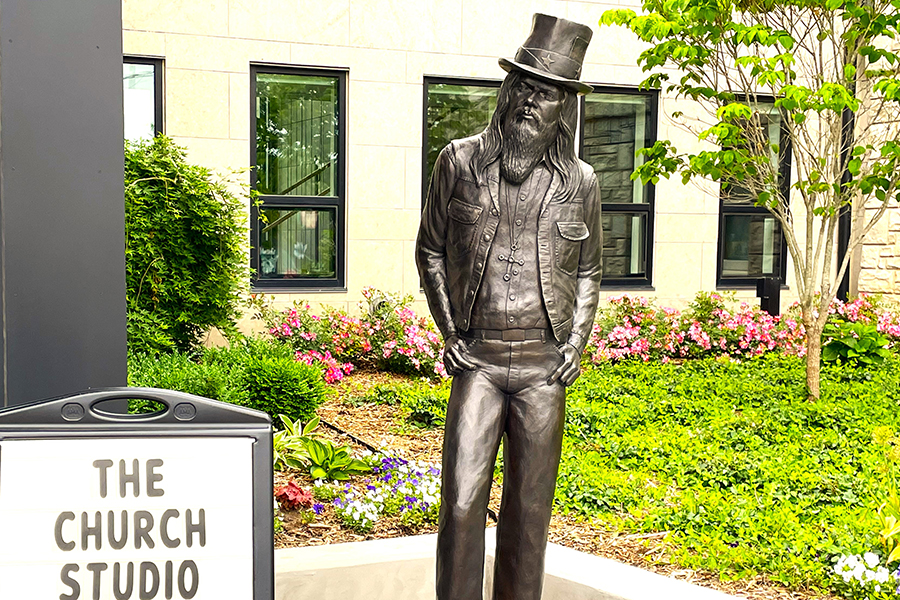On the Beaten Path: Eight Awesome National Park Trails

America’s 100-year-old national park system protects some of the most spectacular landscapes in the world, and the hiking trails listed below will take you right into the heart of these unspoiled wilderness areas. So why not savor our country’s natural treasures with a walk in the woods -- or a desert canyon, or a subtropical wetland or an alpine meadow? The scenic wonders within these AAA GEM® rated national parks are just footsteps away.
Alum Cave Trail
Great Smoky Mountains National Park, Tenn.
This trail is a perennial favorite with hikers and not just because of the sweeping, 360-degree view of the Smokies from the top of Mount LeConte, the park’s third highest peak. From the parking lot off Newfound Gap Road, the trail crosses streams and snakes through old-growth forests and shrub lands filled with rhododendron and mountain laurel. Well-known landmarks include Arch Rock (at 1.4 miles), a tunnel through which the trail passes via stone stairs, and Alum Cave Bluffs (at 2.3 miles). The route to the lodge atop Mount LeConte spans 5 miles one-way and involves 2,763 of elevation gain as well as some skirting around steep drop-offs. But it’s worth it.
Bright Angel Trail
Grand Canyon National Park, Ariz.
Peering into the Grand Canyon is one of the most profound experiences available in any national park. The scale is impossible to convey in words or even photos. Yet the view from the rim is only part of the story. Hiking into the canyon reveals its austere splendor from a whole new angle, and no route is safer or more convenient than the Bright Angel Trail. The path descends from the South Rim more than 3,000 feet via a long series of switchbacks to the lush cottonwoods of Indian Garden and onward, all the way to the Colorado River. But only the most hardy (some would say foolhardy) attempt to pass beyond Indian Garden (the halfway point) in a single day.
Canyon Overlook Trail
Zion National Park, Utah
Although there may be more breathtaking views of Zion Canyon, these mostly involve hikes that are literally breath-taking, requiring strenuous climbs and a degree of comfort with narrow ledges and dizzying heights. Zion’s Canyon Overlook Trail, on the other hand, offers amazing vistas without testing the limits of your lung capacity or your nerves. Although traversing rocky, uneven ground, the trail climbs only 163 feet and ends after just a half mile at a stunning vantage point that takes in the soaring sandstone towers and colorful cliff walls for which Zion is rightly famous.
Highline Trail
Glacier National Park, Mont.
If the word “vacation” to you means escaping to the mountains, you’ve got to add Glacier National Park to your bucket list. And one of the park’s most scenic hikes is the well-traveled Highline Trail. The views are unbelievable: craggy peaks jutting into the sky, green valleys and lakes spread out below, waterfalls spilling down cliffsides. Alpine scenery doesn’t get any better. But note: this trail requires stamina. It stretches from Logan Pass up to Granite Park Chalet, climbing 800 feet before descending again to The Loop Trailhead -- a distance of 11.6 miles.
James Irvine Trail
Redwood National and State Parks, Calif.
Jointly managed by California and the National Park Service, Redwood National and State Parks not only preserves thousands of acres of old-growth redwood forests, but encompasses other environments as well. Hike 9 miles out and back along the James Irvine Trail, which starts behind the Prairie Creek Visitor Center, to sample a variety of climates and terrains. Among the ancient redwoods, sunlight filters through lofty branches in ragged patches, and water drips from leaves and splashes into fast-flowing creeks. After a little more than 4 miles, the trail reaches Fern Canyon, a narrow ravine whose persistently moist walls are shaggy with three kinds of ferns. A short distance beyond is Gold Bluffs Beach and the crashing surf of the Pacific.
Navajo Loop Trail
Bryce Canyon National Park, Utah
Bryce Canyon’s otherworldly landscape of pink, orange and white hoodoos -- pillars of eroded rock eerily crowded together here -- is an unforgettable sight, and the 1.3-mile (round-trip) Navajo Loop Trail is the most popular route into this strange and beautiful country. Beginning at Sunset Point, the trail descends via a series of switchbacks from the roads and parking lots on the rim into a slot canyon called Wall Street, which narrows until the trail can barely squeeze through. Hikers pass Douglas fir trees stretching toward the limited sunlight before encountering one of the park’s most famous and photographed hoodoos: Thor’s Hammer.
Penobscot Mountain Trail
Acadia National Park, Maine
The trail network in Acadia National Park is extensive and complicated, but fortunately it’s also well-maintained and marked with plenty of signs. Forest tracks intersect with historic carriage roads allowing hikers with a good map to create their own Acadia experience. One particularly nice route you should consider, however, is the 3-mile (round-trip) Penobscot Mountain Trail. Beginning at Jordan Pond House -- the park’s only restaurant and source of delicious, fresh popovers -- the somewhat strenuous trail meanders through woods, across streams by way of rustic footbridges and up stairs hewn from boulders. From the bare granite hump of Penobscot Mountain, you can take in a lovely view of Jordan Pond, the twin hills called the Bubbles and the Cranberry Isles just offshore.
Pine Island Trails
Everglades National Park, Fla.
Near the main entrance to Everglades National Park, the Pine Island area includes the Anhinga and Gumbo Limbo trails. Both begin at the Royal Palm Visitor Center but traverse very different landscapes. Named for a bird commonly seen in these parts, the Anhinga Trail leads visitors through Taylor Slough by way of paved paths and boardwalks. If you want to see alligators, this is the place to be, especially during the winter dry season. The paved Gumbo Limbo Trail, named for a tropical tree with peeling red bark, winds through a leafy island of hardwoods surrounded by wetlands called a hammock. Both trails are less than a mile long, round-trip.






